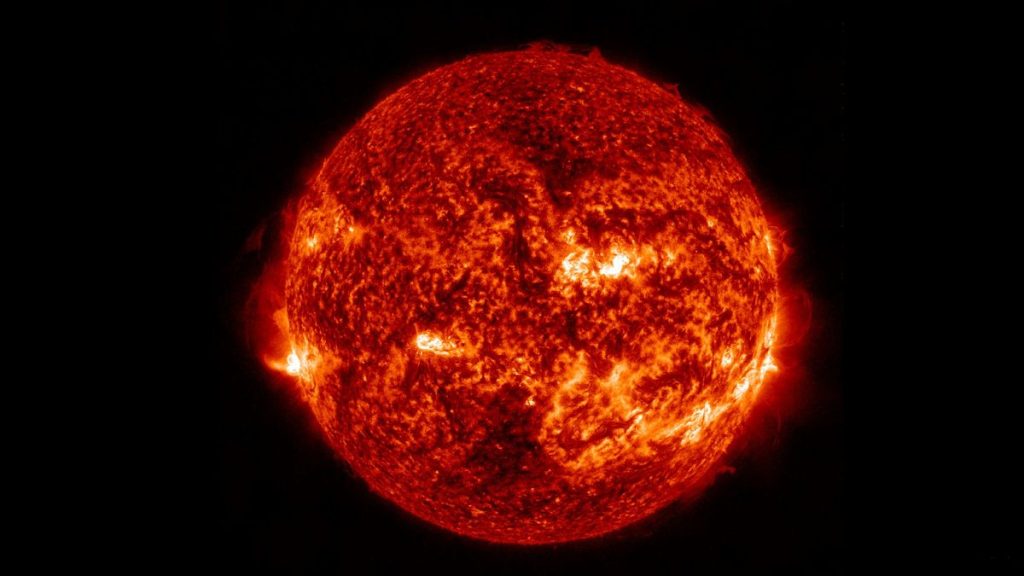
Broken water pipe knocks out data processing for NASA sun-studying spacecraft (Image Credit: Space.com)
Scientists won’t be able to process much of the data gathered by NASA’s Solar Dynamics Observatory (SDO) and IRIS spacecraft for a while, thanks to a burst water pipe.
That pipe — a 4-inch-wide (10 centimeters) cooling water line in a server room at Stanford University in California that’s home to the SDO Joint Science Operations Center (JSOC) — burst on Nov. 26.
“This caused major flooding in the building and extensive water damage in the lab that houses the machines that process and distribute data from the Helioseismic and Magnetic Imager (HMI) and Atmospheric Imaging Array (AIA) instruments and from the IRIS spacecraft,” JSOC team members wrote in an update on Nov. 27.
“At this point, it is unclear how long it will take to assess the damage, repair the equipment, and complete recovery,” they added. “We do know that the damage is extensive and [repairs] will not be completed until 2025.”
Related: Solar Dynamics Observatory: Discovering the secrets of the sun’s magnetic field
HMI and AIA are two of SDO’s three science instruments. Data collected by the third instrument, the Extreme Ultraviolet Variability Experiment (EVE), are not affected by the recent flooding, according to the update.
The IRIS (Interface Region Imaging Spectrograph) sun-studying probe launched to Earth orbit in June 2013. SDO has been observing our star, and helping scientists better understand how solar activity affects life on Earth, since 2010.
The server-room flooding isn’t disastrous; it doesn’t affect the operation of SDO and IRIS, both of which are doing fine in Earth orbit.
“Data acquisition is proceeding nominally and no loss of new or historical data is currently anticipated,” the JSOC team wrote in the update. “However, the data acquisition and distribution system is currently not able to process new data (past November 26, 2024), so there will be a significant delay in the delivery of that data.”





